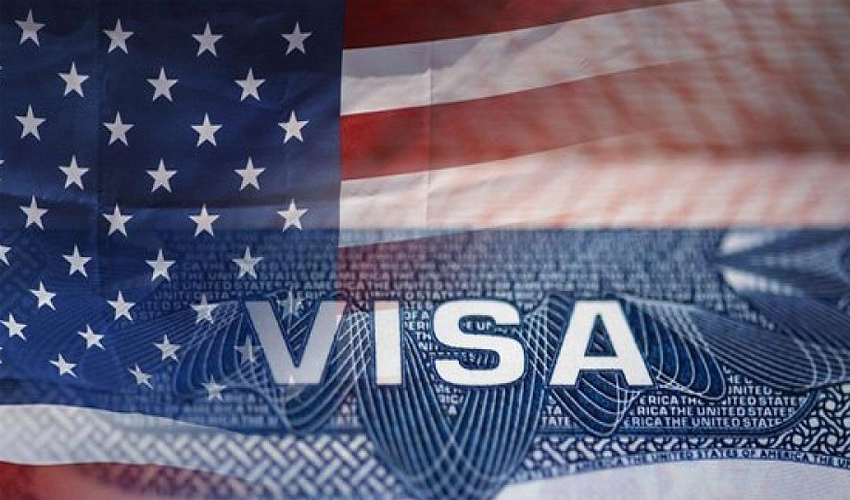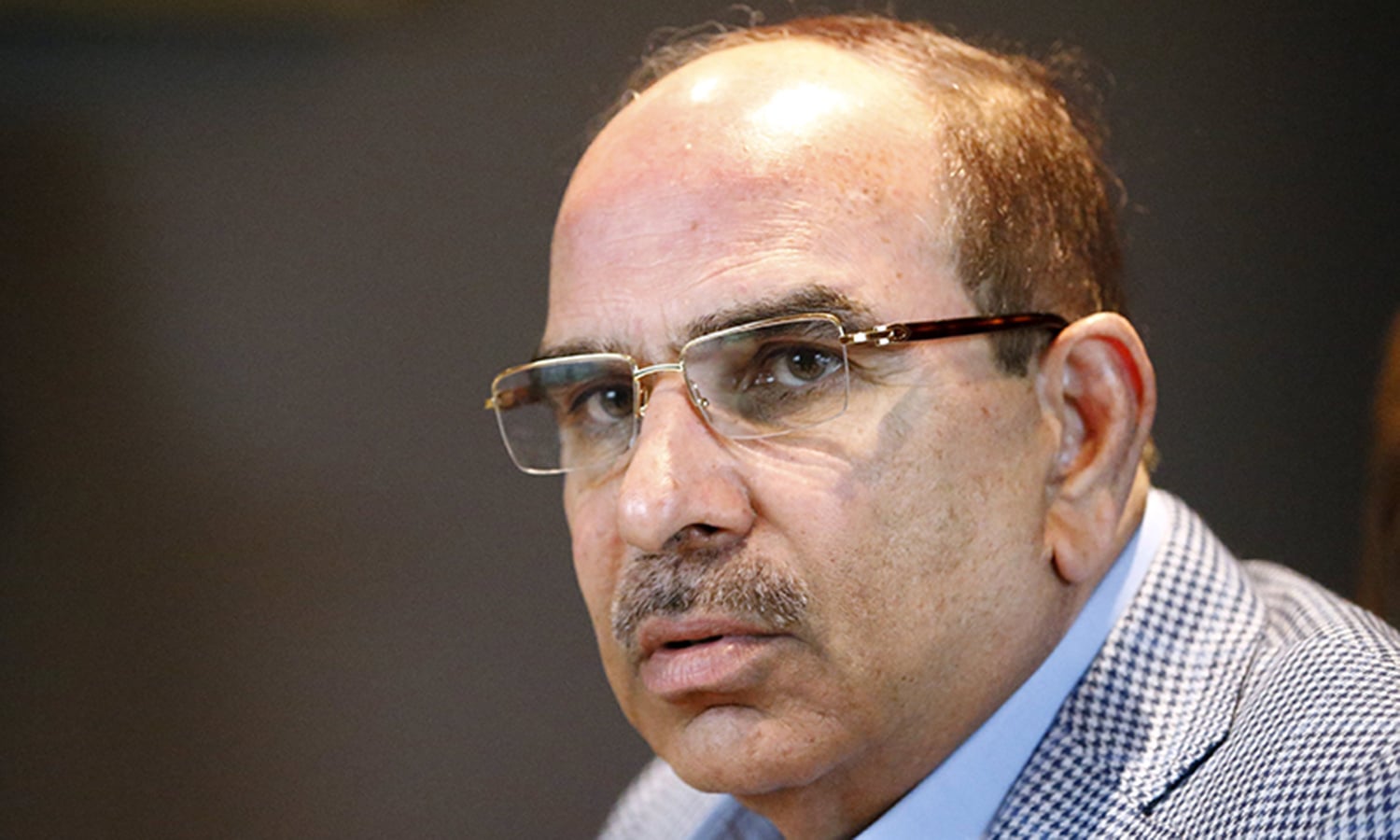Pakistan has emerged as the world’s largest importer of solar panels, despite the absence of a structured national renewable energy policy, large-scale global investments, or high-level political commitments.
According to a global report released by British energy think tank Amber Pakistan imported 17 gigawatts (GW) worth of solar panels in 2024—more than double its imports in 2023—making it one of the world’s fastest-growing solar energy markets.
Unlike many countries where solar expansion is driven by state-backed initiatives, Pakistan’s solar growth has been largely organic. The surge is credited to individual consumers, households, and small businesses seeking cheaper and more reliable alternatives to the increasingly expensive and erratic electricity provided by the national grid.
The report termed this trend as a “grassroots energy revolution,” noting that the expansion occurred without any major government programme, foreign funding, or public infrastructure overhaul.
According to the findings, solar panels installed during fiscal year 2024 are estimated to have contributed nearly half of Pakistan’s total electricity demand. Yet most of these installations are off-grid and do not appear in the country’s official power generation statistics.
Observers note that this rapid shift indicates a growing disconnect between energy consumers and the national grid, which continues to suffer from outages, poor planning, and rising costs. Many view solar adoption not as a progressive environmental choice but as a survival strategy for families and businesses.
Despite some regulatory steps such as allowing net metering and easing import restrictions, concerns have been raised over the grid’s inability to integrate and support this decentralised energy production. There are growing calls for urgent reforms in system planning to accommodate the evolving energy mix.
Compounding the uncertainty is the federal government’s recent move to reduce net metering buyback rates—the compensation offered to solar users for feeding excess electricity back into the grid.
The policy shift has sparked criticism from stakeholders who argue it undermines confidence in the renewable energy sector.
Following the announcement, solar panel prices across the country—particularly in Sindh—have seen a sharp decline, dropping by up to 25 per cent. A Grade-A 585-watt panel that was previously sold for Rs22,000 is now priced around Rs16,500.
Current Prices of A-Grade Solar Panels (April 2025):
| Brand | Wattage | Price (Rs) |
|---|---|---|
| Imported | 545W | 16,500 |
| JA Solar (Single Glass) | 540W | 19,000 |
| Canadian (Tier 1) | 555W | 19,500 |
| Longi (Single Glass) | 550W | 20,000 |
| Canadian Topcon | 575W | 20,500 |
B-grade panels and other models have also seen similar reductions in cost.
While the price drop may benefit end consumers in the short term, industry insiders warn that continued policy shifts—such as reduced net metering rates—could hinder the long-term growth of Pakistan’s solar market and discourage future investments.
With Pakistan’s energy future increasingly shaped by consumer-led innovation rather than institutional planning, experts stress the need for a coordinated framework to ensure sustainability and stability.



























